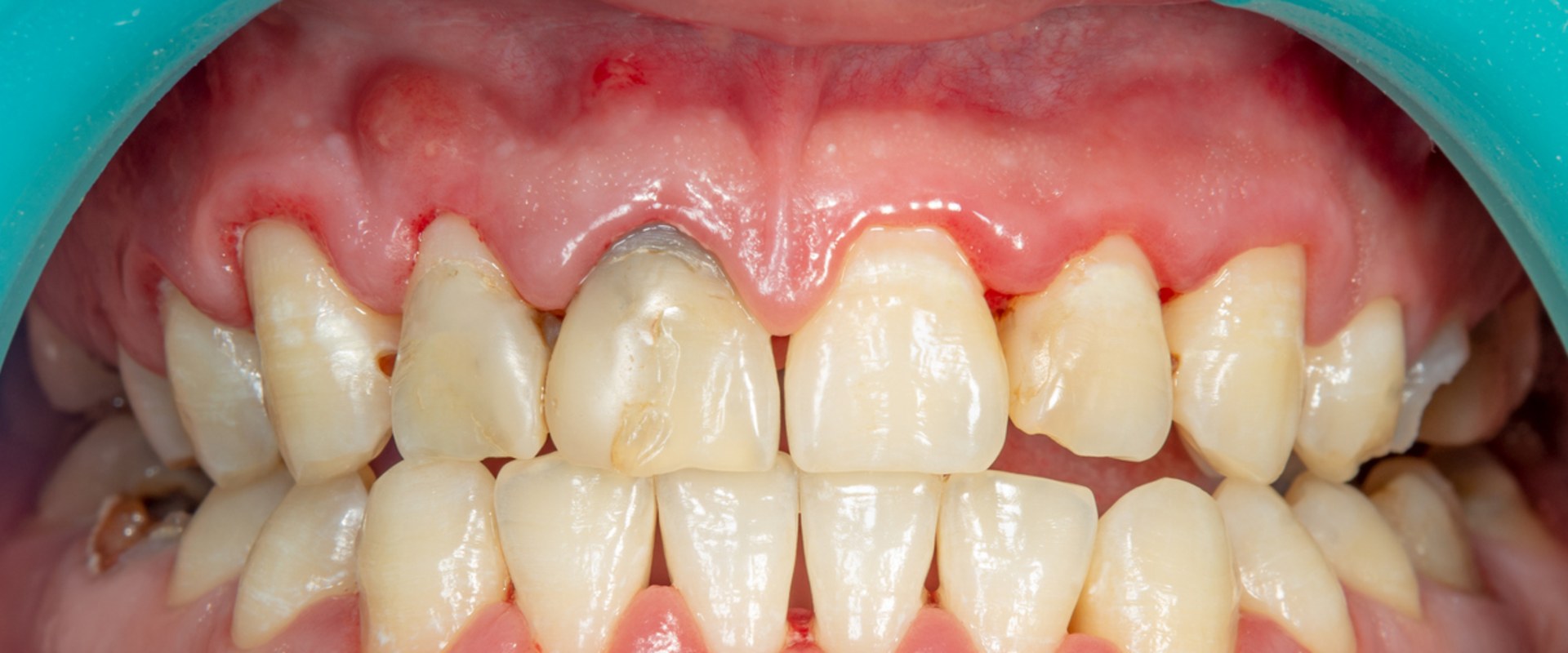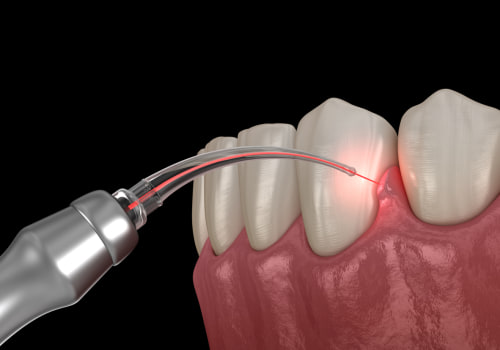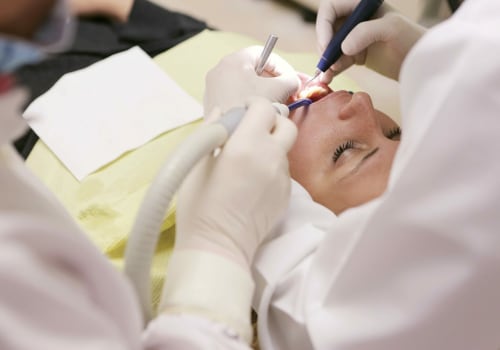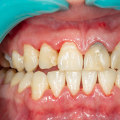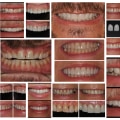Periodontal pockets can be treated and reversed with good oral hygiene or dental treatment. However, if left untreated, periodontal pockets can lead to tooth loss. When bacteria stay on your teeth for too long, they harden and turn into plaque. Over time, plaque turns into tartar.
No matter how diligently you brush or floss, you cannot remove tartar from your teeth. This is a problem because tartar provides a practical basis for more bacteria to attach, which can lead to more inflammation and swelling in the gums. As inflammation persists, it favors gum disease. To make matters worse, the combination of inflammation and gum disease can cause gum tissue to shed from the teeth.
As the gum separates, a pocket of space is created. This pouch is called a periodontal pouch, gingival pouch, or dental pouch. If not treated quickly, it becomes a breeding ground for other bacteria that cause bone decay. Gum pockets (also called “periodontal pockets”) don't heal on their own and can get worse over time.
Treatment by a dentist is the best way to reduce the depth of the gum pockets. In general, periodontal pockets arise as gingivitis progresses to a full-fledged gum disease. In their early stages, good oral hygiene can prevent or lessen the impact of these bags. However, if ignored, over time they can cause bacteria to pass from the gums to the jaw and contribute to tooth loss.
Gum tissue isn't always the most important thing in your smile, but it's essential to maintaining a straight, bright smile. As the damage to the gum tissue is irreversible, if the depth of the bags begins to increase, damage will be caused. The goal is to stop periodontitis as soon as possible. If gum disease has already developed into periodontitis, the condition cannot be completely cured, but many of the adverse oral health effects can be reversed.
In smiles, where the cavity is deeper, food debris, bacteria and the accumulation of acid plaque damage soft tissues, increasing the depth of periodontal pockets and causing inflammation and swelling. The dentist will also examine x-rays and gum inflammation to determine if you have periodontitis and how serious the condition is. Behind the formation of periodontal pockets is gingivitis, which occurs when plaque (a sticky substance formed by food and bacteria) begins to accumulate in the mouth. This is the periodontal pocket and, in a healthy smile, these pockets are between two and three millimeters deep.
By repairing your periodontal pockets and following the treatment plan recommended by your dentist, you can significantly reduce the effects of gum disease on your oral health and prevent gingivitis from developing into more serious periodontitis. In extreme cases where gum disease is not treated, the depth of the periodontal pockets can reach 10 mm or more, and at this point, it is likely that the damage will need to be repaired using surgical grafting procedures. These measurements should be performed once or twice a year, or more frequently in patients with active or previous periodontal disease. To determine the presence of periodontal pockets, the dentist uses a probe to measure the depth and size of the groove.
In most cases, gum disease is detected at this early stage as part of biannual dental checkups, but if plaque and tartar are not routinely removed, inflammation and destruction of hard and soft tissues will progress to the most serious periodontitis phase of gum disease. Uncontrolled gingivitis develops into periodontal disease and, in its most serious phase, periodontitis. With proper treatment and preventive care, most people only see periodontal pockets between 4 mm and 6 mm deep. People who don't brush or floss their teeth at least twice a day have a higher risk of developing periodontal pockets.
